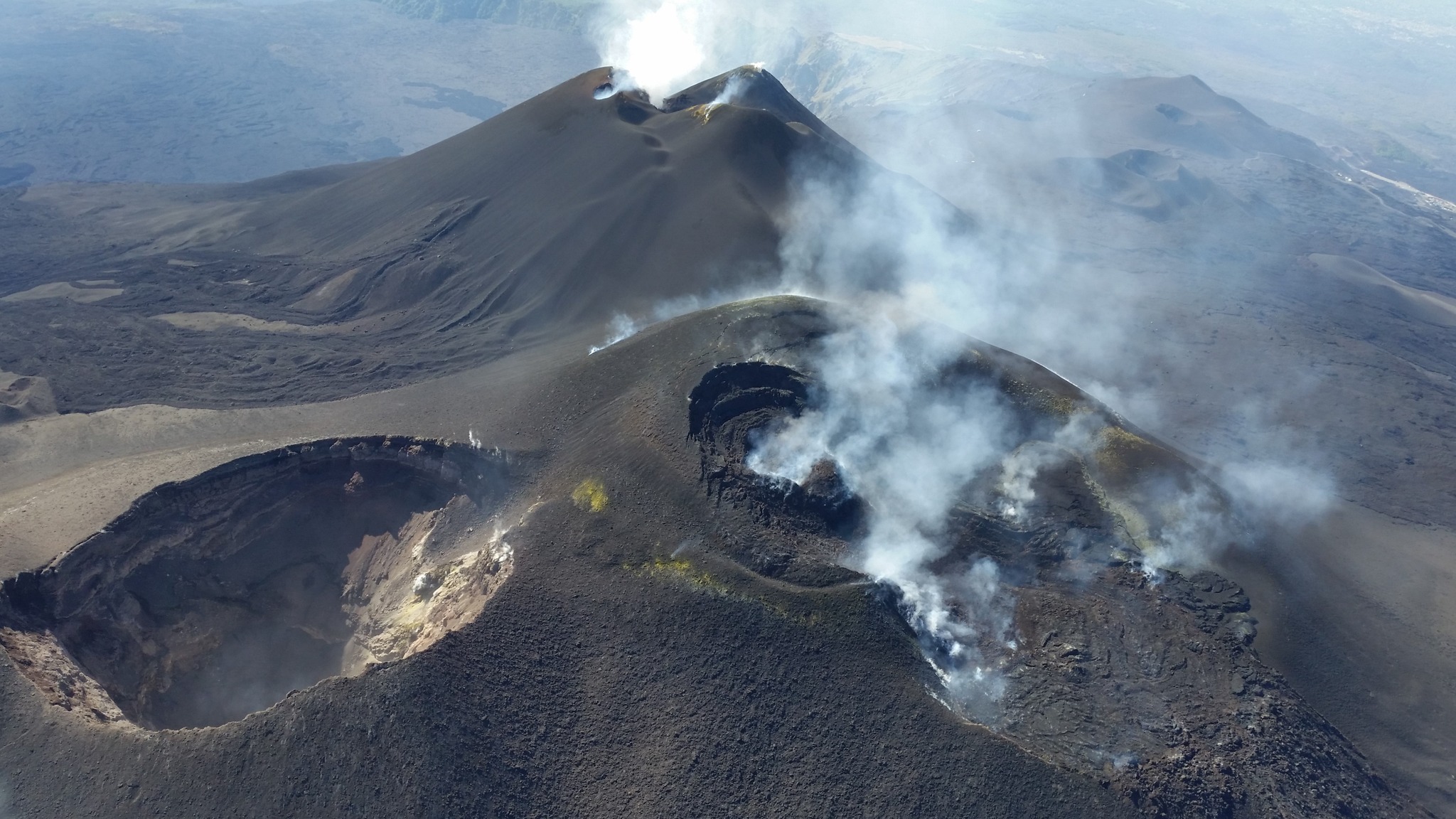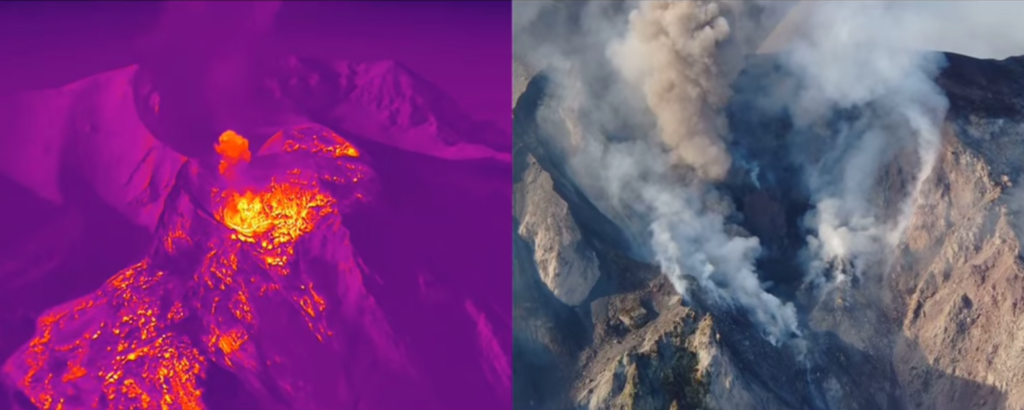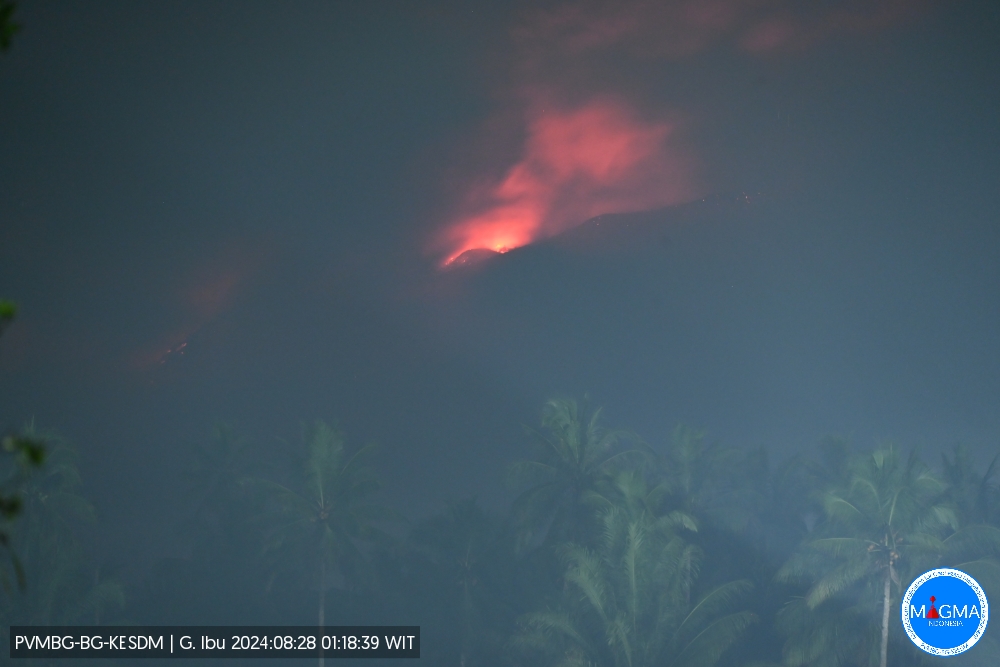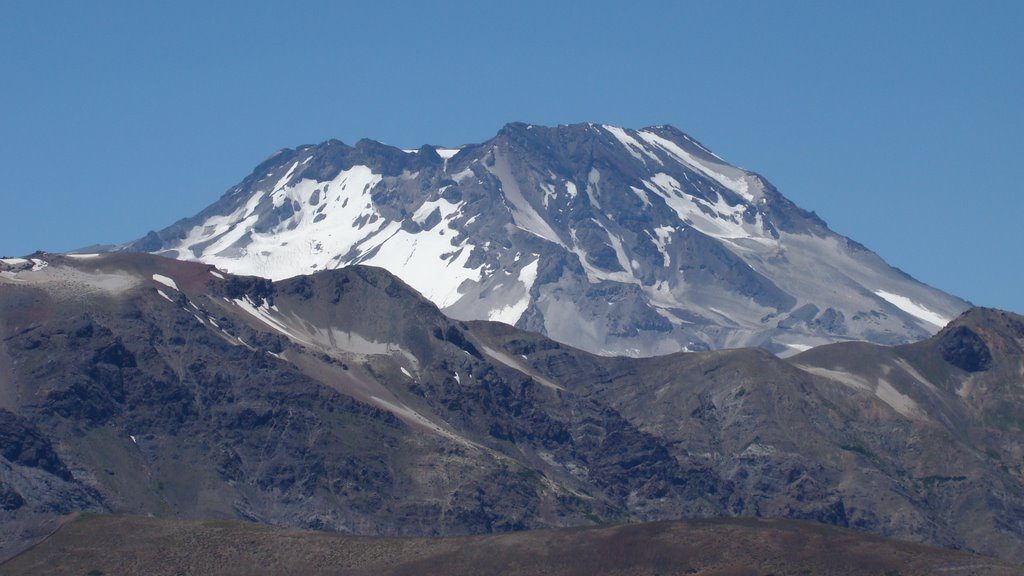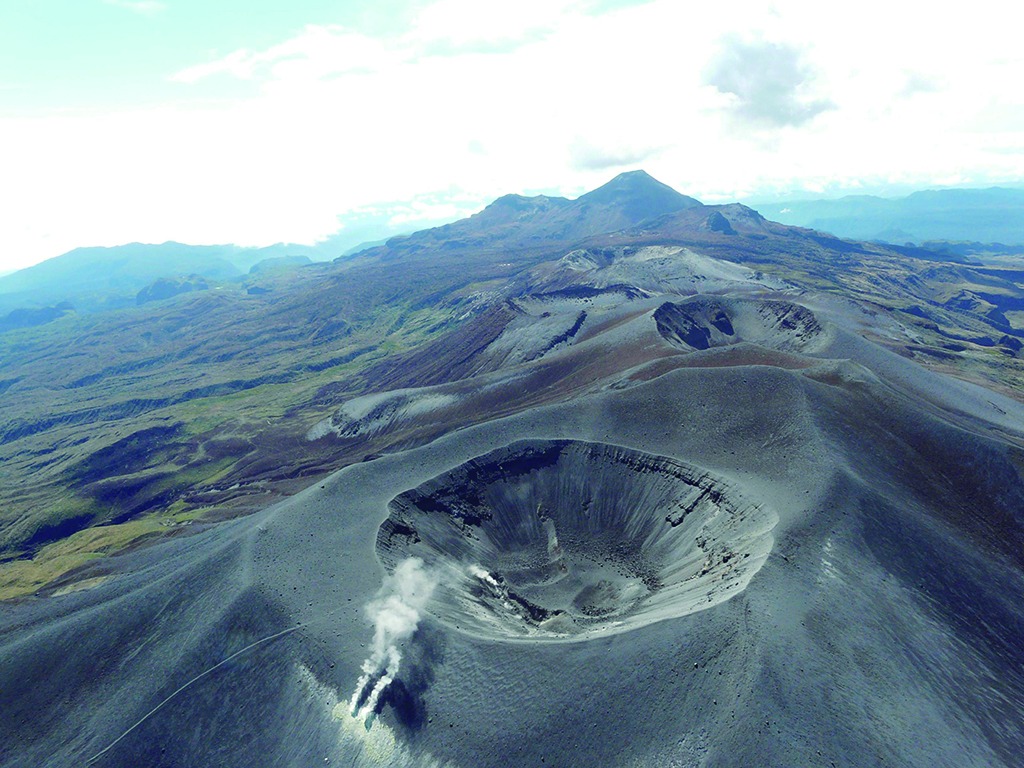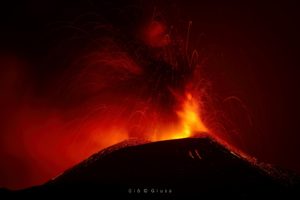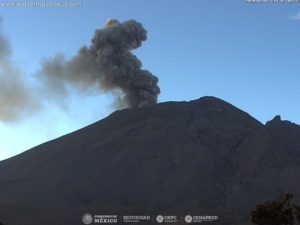August 28 , 2024.
Italy / Sicily , Etna :
WEEKLY BULLETIN, from August 19, 2024 to August 25, 2024. (issue date August 27, 2024)
SUMMARY STATUS OF ACTIVITY
In light of the monitoring data, it emerges:
1) VOLCANOLOGICAL OBSERVATIONS: Degassing activity from the summit craters, in particular from the Southeast crater; brief ash emission from the Southeast crater (August 23, 2024).
2) SEISMOLOGY: Low seismic activity due to fracturing with Ml>=2.0. The average amplitude of the volcanic tremor varied between average and low values.
3) INFRASOUND: Absence of infrasound activity
4) GROUND DEFORMATIONS: The ground deformation monitoring networks did not show any significant variations during the week.
5) GEOCHEMISTRY: SO2 flux at low-medium level.
Soil CO2 flux shows high values.
Partial pressure of dissolved CO2 in groundwater shows values within seasonal variability.
There is no update on the helium isotope ratio.
6) SATELLITE OBSERVATIONS: Thermal activity observed by satellite in the summit area was generally low level with some moderate level thermal anomalies.
VOLCANOLOGICAL OBSERVATIONS
During the week in question, the monitoring of the volcanic activity of Etna was carried out through the analysis of the images from the surveillance cameras of the INGV – Osservatorio Etneo (INGV-OE).
Every day, during the day, the volcano was shrouded in clouds, making visual observations impossible at that time.
In general, during the observation period, the activity of Etna was characterized by continuous degassing of varying intensity in the South-East crater and by steam emissions from the other summit craters, especially in conditions of high humidity. On 23 August at 19:54, the thermal surveillance cameras revealed a short sequence of ash emissions from the eastern vent of the South-East crater, the first of which was associated with a modest thermal anomaly.
Source: INGV
Photo : EtnAir , SRL / FB ( 18/08/2024)
Italy , Stromboli :
WEEKLY BULLETIN, from August 19, 2024 to August 25, 2024. (issue date August 27, 2024)
SUMMARY STATUS OF ACTIVITY
In light of the monitoring data, it appears:
1) VOLCANOLOGICAL OBSERVATIONS: Total ordinary explosive activity at a medium-low level.
2) SEISMOLOGY: The monitored seismological parameters do not show significant variations, with the exception of the occurrence at 09:40 UTC on 08/25 of a seismic event correlated with a major explosion.
3) GROUND DEFORMATIONS: No significant changes have been reported in the time series of ground deformation monitoring stations over the last week.
On 25/08/2024 the inclinometric network recorded a transient deformation of 0.1 microradians at the TDF station coinciding with the explosion at 09:40 UTC.
4) GEOCHEMISTRY: SO2 flux at medium level.
The CO2 flux in the summit area is at medium values.
The C/S ratio in the plume increases moderately to high values.
There is no update of the helium isotope ratio in the thermal aquifer.
CO2 flux at Mofeta in the San Bartolo area: high values.
CO2 flux at Scari: due to technical problems, there are no updates.
VOLCANOLOGICAL OBSERVATIONS
During the week, the activity of Stromboli was observed thanks to the INGV surveillance cameras and through direct observation by INGV staff. The explosive activity was mainly produced by 3 (three) eruptive vents located in the North area of the crater and by 1 (one) vent located in the South-Central area.
Observations of the explosive activity captured by the surveillance cameras.
In the North (N) crater area, the explosive activity was produced by three vents that have been active for several weeks now, the explosions are mainly produced by two vents that emit coarse materials (bombs and lapilli) and secondarily fine materials (ash). The third vent, located in the southernmost sector of the area, continues to produce spatters. Among the events observed in the period in the North area, the occurrence of a more energetic explosion than usual, on 25 August, occurred around 09:40:05 UTC. The event produced a significant emission of ash with fallout of products along the Sciara del Fuoco. In the Centre-South (CS) area, the explosions are still dominated by fine materials sometimes mixed with coarse materials.
Overall, the hourly frequency of the total explosive activity during the week indicated a tendency to decrease from a medium to medium-low level, with a prevalence of the North area compared to the Centre-South area.
Source: INGV
Photo : INGV ( capture d’écran INGV , 01/08/2024)
Indonesia , Ibu :
An eruption of Mount Ibu occurred on Wednesday, 28 August 2024 at 01:18 WIT with the height of the ash column observed at ±5,000 m above the summit (±6,325 m above sea level). The ash column was observed to be grey to black in colour with a thick intensity, oriented towards the southwest and west. At the time of writing, the eruption was still ongoing.
Seismicity observation:
18 eruption/explosion earthquakes with an amplitude of 10 to 28 mm and a seismic duration of 50 to 198 seconds.
17 emission earthquakes with an amplitude of 2 to 11 mm and an earthquake duration of 14 to 67 seconds.
3 harmonic tremors with an amplitude of 2 to 10 mm and an earthquake duration of 31 to 184 seconds.
277 shallow volcanic earthquakes with an amplitude of 2 to 8 mm and an earthquake duration of 4 to 15 seconds.
16 deep volcanic earthquakes with an amplitude of 2 to 28 mm, and an earthquake duration of 8 to 28 seconds.
8 deep tectonic earthquakes with an amplitude of 2 to 28 mm, and the duration of the earthquake was 56 to 180 seconds.
Recommendation
Communities around Mount Ibu and visitors/tourists are advised not to carry out activities within a radius of 4 km, with a sectoral extension of 5 km towards the crater opening in the northern part of the active crater of Mount Ibu.
In the event of ashfall, people who carry out activities outside the house are advised to protect their nose, mouth (mask) and eyes (goggles).
Source et photo : Magma Indonésie.
Chile , Descabezado Grande :
Special Report on Volcanic Activity (REAV), Del Maule Region, Descabezado Grande Volcanic Complex, August 27, 2024, 06:00 local time (Continental Chile)
The National Geology and Mining Service of Chile (Sernageomin) announces the following PRELIMINARY information, obtained through the monitoring equipment of the National Volcanic Monitoring Network (RNVV), processed and analyzed at the Volcanological Observatory of the Southern Andes (Ovdas):
On Tuesday, August 27, 2024 at 05:20 local time (09:20 UTC), monitoring stations installed near the Descabezado Grande volcanic complex recorded an earthquake associated with the fracturing of rocks within the volcanic system (VT volcano-tectonic type).
The characteristics of the earthquake after its analysis are as follows:
TIME OF ORIGIN: 05:20 local time (09:20 UTC)
LATITUDE: 35.5655° S
LONGITUDE: 70.752167° West
DEPTH: 3.7 km
LOCAL MAGNITUDE: 3.2 (ML)
Observations:
No changes in the seismic behavior of the volcano have been recorded, either before or after the event.
The volcanic technical alert remains at Green level.
Source : Sernageomin.
Photo : Sernageomin ( 2017) .
Colombia , Puracé – Chaîne volcanique Los Coconucos :
Popayán, August 27, 2024, 3:45 p.m.
From the monitoring of the activity of the Puracé volcano – Los Coconucos volcanic chain, the Colombian Geological Survey (SGC), an entity attached to the Ministry of Mines and Energy, reports that:
In the week of August 20 to 26, and compared to the levels recorded since July 5, seismic activity presented an increase in the recurrence of events associated with fluid dynamics in volcanic conduits. This increase occurred mainly with volcanic tremor events (TR type) and long period (LP type), which until now were of low energy. This seismicity, as well as that associated with rock fracturing (VT type), was located mainly under the formation of the Puracé volcano at depths less than 1 km for fluid seismicity, and between 1 and 4 km for VT seismicity, reaching magnitudes of up to 1.3 ml.
The slow deformation process that began in April 2022 on the Puracé volcano continues to be recorded. On the other hand, monitoring of volcanic gases, electromagnetic fields and acoustic sensors shows stability. As for the images captured by the installed cameras, it is observed that the degassing of the volcanic system continues.
Based on the above, the SGC recommends closely monitoring the evolution of volcanic activity through weekly bulletins and other information published in official channels, as well as following the instructions of local, departmental authorities and the National Disaster Risk Management Unit (UNGRD).
The alert status for volcanic activity remains in yellow alert status: active volcano with changes in the behavior of the base level of the monitored parameters and other manifestations.
Source et photo : SGC

